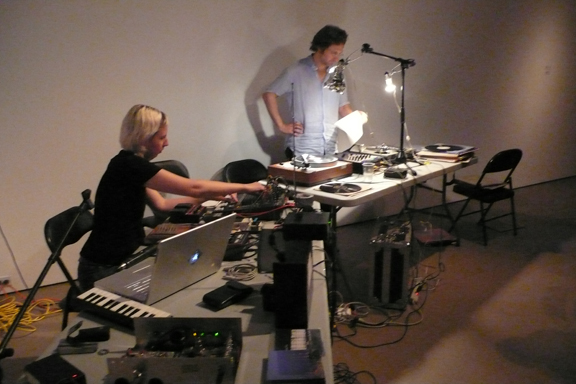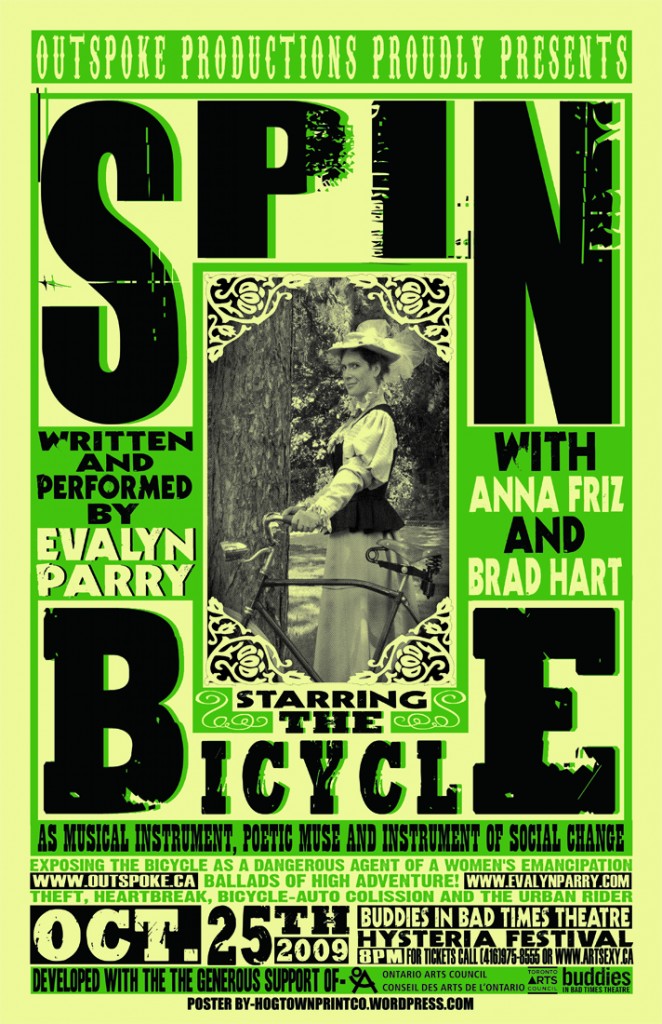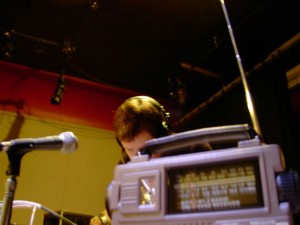October 30th, 2012
Guest artist this week on Mobile Radio BSP
October 30-November 4, 2012, I’m here on-site at the radio art radio station set up by Mobile Radio at the 30th São Paulo Bienal. Mobile Radio, aka Knut Aufermann and Sarah Washington, are here for 14 weeks bringing the radio art to the people, and opening the airwaves for an international exchange of radio art, featuring lots of local talent from here in Brasil.
I’m reviving Filibuster, an old show title from back in the day at CiTR Vancouver (in celebration of CiTR‘s 75th anniversary!) which will be a free-form live show full of new stuff, old tales, various collaborations, and generally friendly noise. Also getting up to some new shenanigans modulating and manipulating coordinated universal time under the title Zero Hour. Atomic time will be overcome!
Tune in to my shows (all times São Paulo time, GMT -3)
October 30: 15h – 16h30
First installment of Filibuster— a retrospective of older pieces, including Vacant City Radio (2005) and Silence Descends (1999, works by yours truly, Joelle Ciona, Peter Courtemanche, Sean Chappelle, Eileen Kage and Bill Mullan).
October 31: 13h – 14h
The first installment of Zero Hour:
November 1: 16h – 18h
Today was cuckoo clocks a-go-go on Zero Hour, followed by Filibuster, which included rebroadcast of Dancing Walls Stir the Prairie, created together with Eric Leonardson in 2007. Also, a new installment of the M.O.L.E.C.A.S.T., BSP edition…. Uncover at the Exhibition, Level 1.
November 2: 15h – 15h30, 15h30 – 18h with Tonic Train live in studio
First, another installment of the Zero Hour–30 minutes of manipulated clock time.
Then another episdoe of Filibuster, beginning with several pieces by Central Dispatch (2002), all recorded on the day that Brazil won the World Cup Football, final score 2-0; followed by speculative conversation regarding Atlantis, ley lines, the 13th Node, Tesla, the coming Armageddon, the quickening of time, the reversal of the Earth’s rotation, and whale radio; followed by a live set of yours truly and Tonic Train.
The Zero Hour runs overnight, 19h Nov 2 until 12h Nov 3.
November 3: 13h – 14h
Filibuster features the M.O.L.E.C.A.S.T BSP.: Undercover at the Exhibition, Level 2.
November 4: 12h – 12h30
Filibuster features the final M.O.L.E.C.A.S.T. BSP: Uncover at the Exhibition, Level 3.
Mobile Radio BSP runs 24/7 until December 9, so keep your browser locked to the signal!

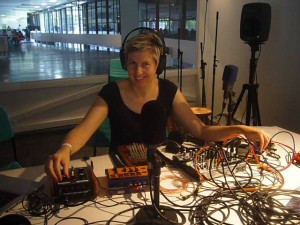

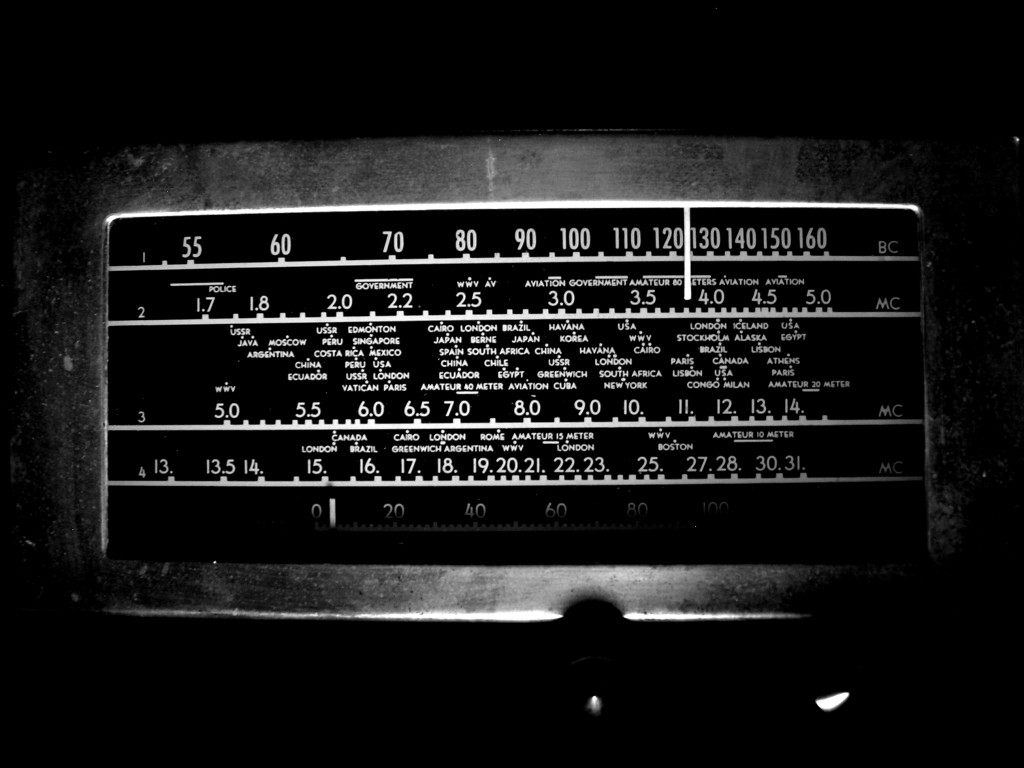
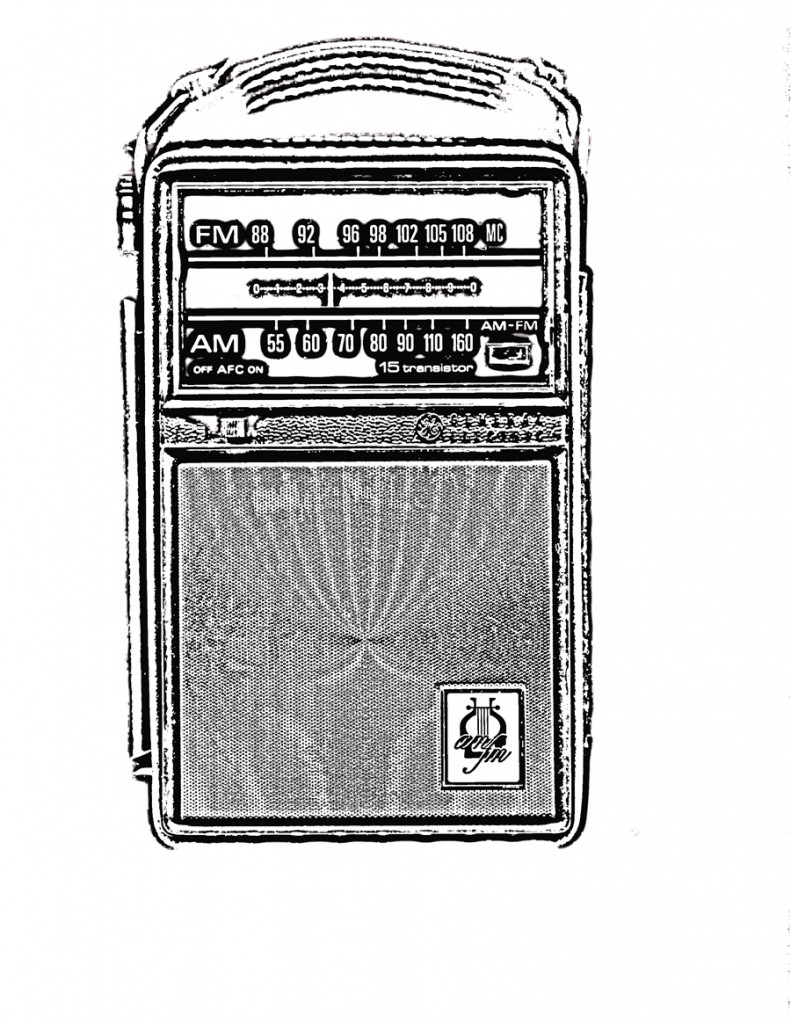




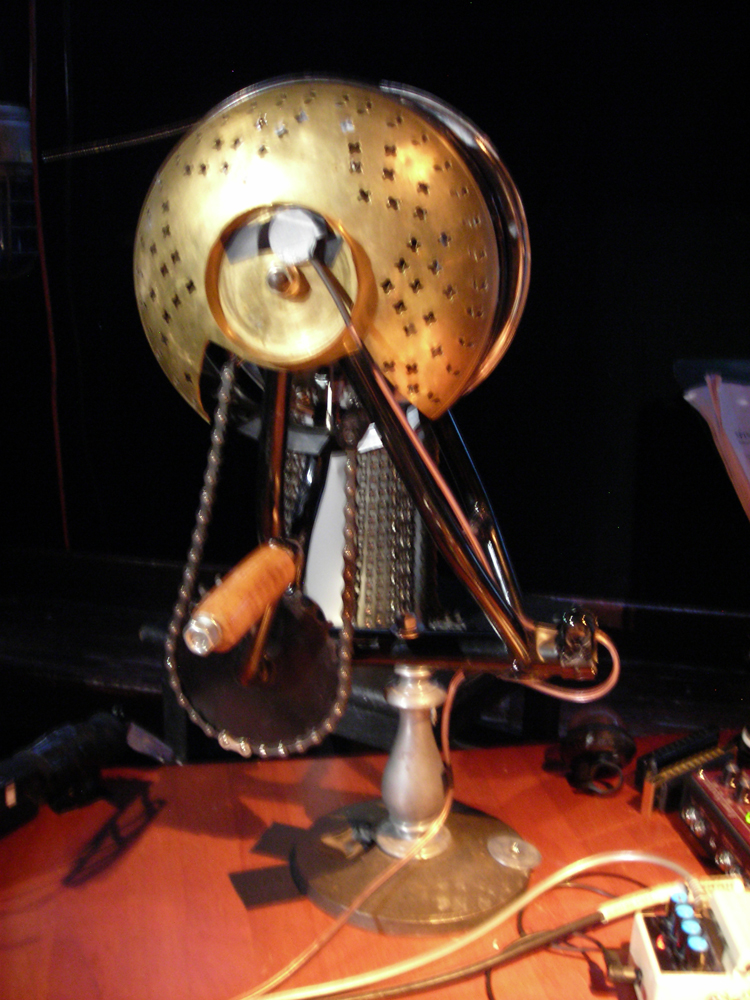

 photo courtesy of Tuuli Kyttälä
photo courtesy of Tuuli Kyttälä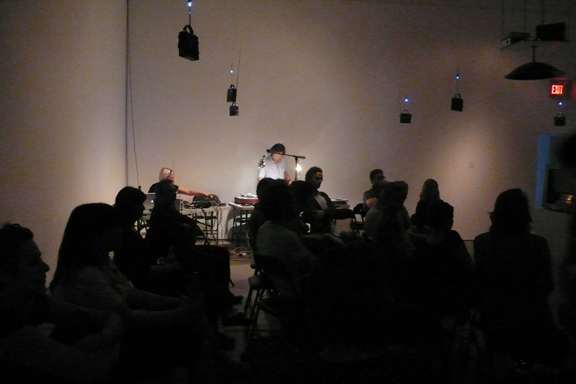
 E.C. Woodley and I have an interesting side project going titled after his long-running radio show on CKLN 88.1FM here in Toronto. He brings the records from his most recondite collection (featuring spoken word and misc. arcana pressed to vinyl back when the top speed was 78 rpm) to sample in long form, and I bring the glorious noise of radio world, all spatialized into three vertical layers of sound.
E.C. Woodley and I have an interesting side project going titled after his long-running radio show on CKLN 88.1FM here in Toronto. He brings the records from his most recondite collection (featuring spoken word and misc. arcana pressed to vinyl back when the top speed was 78 rpm) to sample in long form, and I bring the glorious noise of radio world, all spatialized into three vertical layers of sound. 